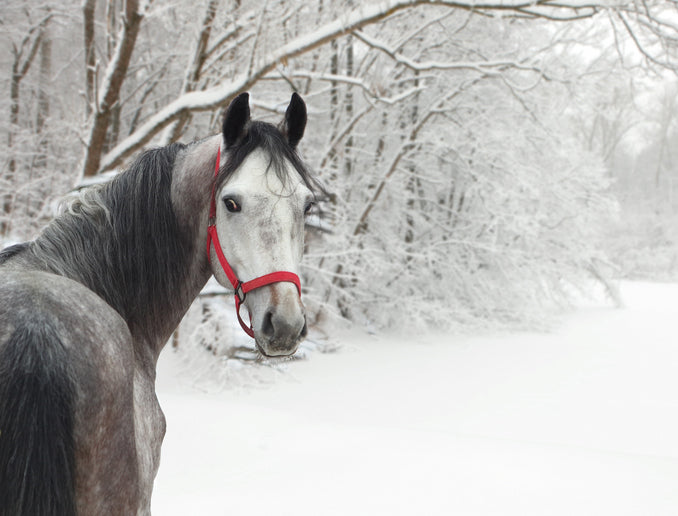Tips for catching the uncatchable horse
Have you ever had a hard time catching your horse when they are out in the pasture or in a large area? I'm pretty sure we have all had this experience. You go out halter in hand expecting to just walk right up to your horse, only to discover that they want to play a game of chase. As frustrating as this can be, there are ways to avoid this time-consuming event and even correct it from happening in the future.

What is your relationship with your horse
When your horse is being difficult to catch you may have to assess your relationship with your horse. Do you have a trustworthy relationship? Are there improvements you could make in your riding that would help your relationship with your horse? Is your horse responding negatively to you when you are working with them or when you are riding? Are they stressed or irritated? These are some of the questions you have to ask yourself so you are able to pinpoint the issue.
1. Be patient and stay focused
It can be very easy to get frustrated when your horse is not cooperating with you. This is an important time to make sure you are being patient and staying focused. It is important to be “unemotional” when your horse is not cooperating. Horses are very sensitive and can pick up on the smallest hint of frustration or anger, so make sure to keep your emotions level when dealing with your horse that does not want to be caught. If you are consistently impatient or irritated when trying to catch your horse, it may be part of what has formed the habit in the first place.
2. Approach your horse at the shoulder
Approach your horse at the shoulder instead of directly in front. Horses actually have a blind spot right in front of their forehead which may make them inclined to shy or walk away when you are walking straight towards their face. This will also help you to get in beside them so you are able to put the lead rope over their neck.
3. Teach your horse to free-lunge
Teach your horse to lunge first and then take off the halter and lunge line. Free lunging allows you to teach your horse signals for when they should change directions and stop and face you. For example, when they are moving forward and you want them to speed up, move toward their hind end. When you want them to slow or stop move toward their shoulder. Practice and find what signals work for you and your horse.
4. Use treats if necessary – positive reinforcement
Using treats as positive reinforcement can give your horse some motivation to come toward you instead of running away. You probably don't want to use this all of the time but a treat once in a while will help motivate them to come to you and will be a reward for them when they do.
5. Let your horse move
If your horse decides they want to trot or gallop away from you, use it as an opportunity to work them a little bit just like you would if you were free lunging. Push them into a circle around you if you can and they will soon tire of running from you. It may take some time to get them to stop in the beginning but they will soon figure out that you mean business and they can either come to you or get a little exercise.
6. Move to a smaller space
If your horse will not give in and you are not making any progress, Try moving your horse to a smaller space especially if your horse is in a large pasture. It’s not fun to be running around with your horse in a large field, so if it continues to be an issue, moving to a smaller paddock or field might be wise.

Putting these tips into practice will help you to soon get control over the situation and have your horse coming to you in no time.
Visit us at HOOF-it




